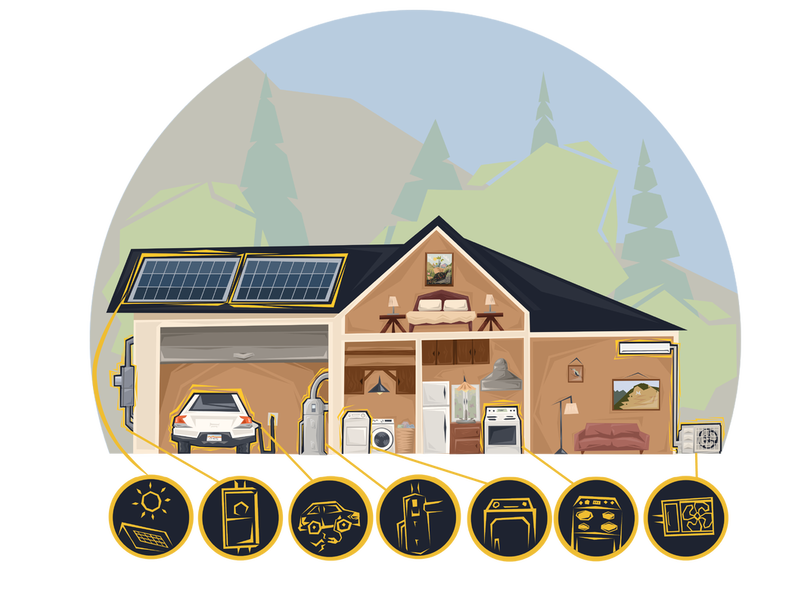Your building is alive!
Well, sort of.
Just like us, buildings use energy to breathe, create heat and cool themselves down. However, as a byproduct of these energy-intensive processes, conventional building HVAC systems run off fossil fuels (furnaces and boilers and other gas-reliant appliances) emit carbon and methane pollution into the atmosphere in quantities that negatively impact the environment and often create unhealthy indoor air quality.
Just like us, buildings use energy to breathe, create heat and cool themselves down. However, as a byproduct of these energy-intensive processes, conventional building HVAC systems run off fossil fuels (furnaces and boilers and other gas-reliant appliances) emit carbon and methane pollution into the atmosphere in quantities that negatively impact the environment and often create unhealthy indoor air quality.
The good news.
By replacing your building's systems with high-performing efficient electric systems, you have the opportunity to decrease your energy use, meet nearly all of your buildings’ energy needs with electricity from an increasingly low-carbon electric grid or on-site solar PV array, and create healthier and safer indoor environments.
By replacing your building's systems with high-performing efficient electric systems, you have the opportunity to decrease your energy use, meet nearly all of your buildings’ energy needs with electricity from an increasingly low-carbon electric grid or on-site solar PV array, and create healthier and safer indoor environments.
Vox and the White House have some fun resources that help explore what to electrify (and how to pay for it).
|
|
What is "Electrification" ?
Building Electrification means the conversion of systems that are typically powered by methane gas or fossil fuels to those powered by (increasingly clean and renewable) electricity.
For residential buildings, proposed electrification strategies typically include:
For residential buildings, proposed electrification strategies typically include:
- Replacing gas furnaces with air source heat pumps or ground source heat pumps;
- Replacing gas water heaters with heat pump water heaters;
- Replacing gas ranges with induction or conventional electric ranges;
- Adding electric vehicle charging capabilities to the building or parking spaces; and
- Replacing gas dryers with electric counterparts (conventional or heat pump).




